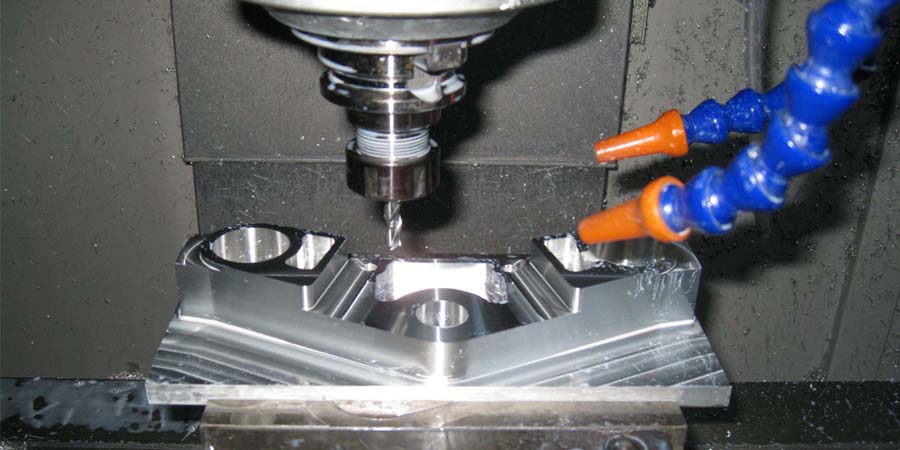High-Speed Machining History
High-speed machining technology was originally developed by German inventor Dr. Carl Salmon in the 1920s. Its creator realized that for specific workpiece metals.
The heat generated at the interface between the cutting tool and the workpiece will peak at a certain critical spindle speed.
High-speed machining is used to manufacture molds with complex core and cavity geometries, as well as structural parts in the aerospace industry. It is a process that focuses on very fast but very light low pressure cutting. These rapid cuts mean an overall increase in material removal rate.
High-Speed Machining Definition
With the development of high-speed cutting technology, the application of high-speed milling technology is becoming more and more extensive, and it has attracted more and more attention from manufacturing enterprises and scientific researchers.
Ordinary milling processes use low feed rates and large cutting parameters, while high-speed milling processes use high feed rates and small cutting parameters.

The spindle speed of high-speed milling is generally 15000r/min~40,000r/min, up to 100000r/min. When cutting steel, the cutting speed is about 400m/min, which is 5 to 10 times higher than traditional milling.
High-Speed Machining Misconceptions
However, in the manufacturing industry, there are many misconceptions about high-speed milling as follows:
High-speed milling is just a milling machine equipped with a high-speed spindle
The higher the spindle speed, the faster the processing speed
High-speed milling machine is a new technology, just to replace the general traditional milling machine
20,000 rpm spindle is sufficient for mold production
High-speed milling only increases and speeds up the axial server
High-speed milling can only process electrodes
High-Speed Milling Is A New Technology And Application Philosophy:
To give full play to the efficiency of high-speed cutting, each link must be closely coordinated. If one of the links is not well matched, the efficiency of high-speed cutting will not be able to be used.
- High-speed tool holders and tools
- High-speed spindle
- Highly dynamic XYZ axis
- High-speed CNC controller
- High-speed programming strategy
Before the tool hits the workpiece, five aspects need to be considered. they are:
- Material type and characteristics
- Machining strategy
- Tool style selection
- Cutting data, tool selection and tool balance
- CAM programming
- material selection
Application Range Of High-Speed Machining
1) In order to match the spindle specifications and ensure processing stability and safety, the tool diameter should not exceed 16mm (HSK-E40).
2) Compared with traditional milling, the removal rate of high-speed milling is relatively small, which is very suitable for small parts and mold processing applications.
3) It can be applied to new processing applications such as sheet processing and micro processing.
4) It is a new concept processing method for soft or superhard materials.
What Are The Challenges Of High-Speed Machining?
High-speed machining will also bring new challenges to the machining shop, which must consider material selection, spindle power, acceptable workpiece geometry, available workshop space, part complexity, CNC machine tools (you want those rated for high-speed operation) And operator training enters their successful operations.
For workpiece geometry, for example, workpiece geometry with internal or “hidden” cuts can limit the maximum depth of undercuts, the manufacturer warns. As for the CNC machine itself, those machines that are not suitable for high-speed operation may produce a lot of broken molds and debris.


